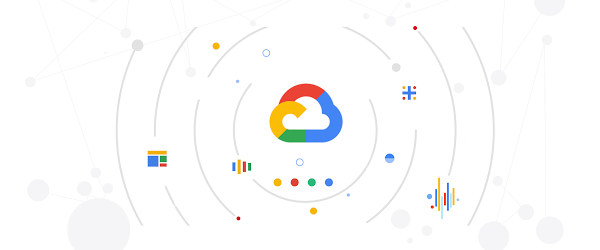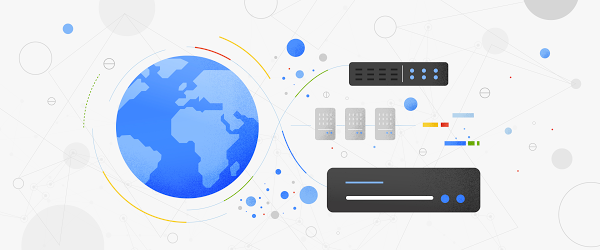Our suite of operations products has come a long way since the acquisition of Stackdriver back in 2014. The suite has constantly evolved with significant new capabilities since then, and today we reach another important milestone with complete integration into the Google Cloud Console. We’re now saying goodbye to the Stackdriver brand, and announcing an operations suite of products, which includes Cloud Logging, Cloud Monitoring, Cloud Trace, Cloud Debugger, and Cloud Profiler.
The Stackdriver functionality you’ve come to depend on isn’t changing. Over the years, these operations products have seen a strong growth in usage by not just application developers and DevOps teams, but also IT operators and security teams. Complete integration of the products into the Cloud Console, along with in-context presence within the key service pages themselves–like the integrations into Compute Engine, Google Kubernetes Engine, Cloud SQL, and Dataflow management consoles–brings a great experience to all users. Putting operations tasks a quick click away, without users losing context of the activities they had been performing, shows how seamless an operations journey can be.
In addition to this console integration, we’re very happy to share some of the progress in our products, with lots of exciting features launching today.
Cloud Logging
Continuing with our goal to build easy-to-use products, we have completely overhauled the Logs Viewer and will be rolling this out to everyone over the next week. This makes it even easier for you to quickly identify and troubleshoot issues. We’re also pleased to announce that the ability to customize how long logs are retained is now available in beta. With both the new Cloud Logging user interface and the new 10-year log retention feature, you can search logs quickly and identify trends and correlations. We also understand that in some cases, it is very useful to export logs from Cloud Logging to other locations like BigQuery, Cloud Storage, or even third-party log management systems. To make this easier, we are making Logs Router generally available. Similarly, data from Cloud Trace can also be exported to BigQuery. Log Router’s support for customer management encryption keys (CMEK) also makes this a good solution for environments needing to meet that security need for compliance and other purposes.
Cloud Monitoring
Our biggest change of all that you’ll see in the console is Cloud Monitoring, as this was the last Stackdriver product to migrate over to our Google Cloud Console. You’ll now find a better designed, easy-to-navigate site, and important new features targeted to make your life easier. We are increasing our metrics retention to 24 months and writing metrics at up to 10-second granularity. The increased granularity is especially useful when making quick operational decisions like load balancing, scaling, etc. Like Cloud Logging, you can now access what you need more quickly, as well as prepare for future troubleshooting with longer retention.
An additional key launch is Dashboards API, which lets you develop a dashboard once and share it multiple times in other workspaces and environments. Users might also notice better metrics recommendations by surfacing to the top of the selection list the most popular metrics for a given resource type. This is a great example of understanding the preferred metric by the millions of users on Google Cloud, and surfacing them quickly in other situations.
This release makes it possible to route alerts to independent systems with Pub/Sub support, continuing with the ability to connect a broad variety of operational tools with Cloud Monitoring. To keep up with the needs of some of our largest users, we are also expanding support for hundreds of projects within a Workspace–providing a single point of control and management interface for multiple projects. Stay tuned for more details about all of these new capabilities in a series of blog posts over the next few weeks.
2020 will continue to see momentum for our operations suite of products, and we’re looking forward to the road ahead as we continue to help developers and operators across the world to manage and troubleshoot issues quickly and keep their systems up and running.
Learn more about the operations suite here.





